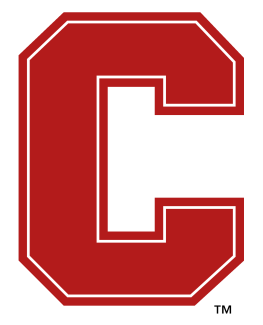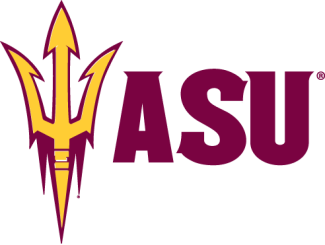This article appears in the May/June edition part of a series on community-based lacrosse leagues that are thriving despite the growing trend toward privatization in youth sports. Don’t get the mag? Join US Lacrosse to start your subscription.
When Laura Jennings wants to see the importance of community-based lacrosse programs, she doesn’t have to look far. All she needs to do is hold up a mirror.
“The only reason I got started is because it was an afterschool program,” Jennings said. “There’s no way I would have been able to play if it was a travel program — my parents just wouldn’t have been able to do that.”
Jennings helped start the first team at her high school in Dover, Del., and then went on to star at Wesley College, where she was inducted into the school’s athletic hall of fame.
Today, Jennings follows her passion for the sport by serving as the executive director of the Northern California Junior Lacrosse Association (NCJLA), a role she’s filled since 2016.
The league dates back to 1986 and is one of the most successful programs in the country. More than 50 community clubs make up the NCJLA, serving nearly 9,000 players, 1,500 coaches and 400 officials. Each spring the league hosts nearly 3,000 games for players ranging from 8U up through the high school ranks.
As the sport has grown, the NCJLA has thrived in part because the community-based programs and travel programs generally coexist in harmony.
“The spring is the time for the traditional community-based play and our travel teams recognize and respect that,” Jennings said. “We help each other. There’s no better way to get kids into the sport.”
For the 10U, 12U and 14U age groupings the league offers three playing levels — A, B-Veteran and B-Rookie. Doing so helps the NCJLA provides a high-caliber, competitive playing opportunity for experienced players, but also provides a welcoming format for new players to the sport.
And they keep coming at a time when participation levels are flattening in some parts in the country, particularly at the older age groups.
“We have 12-B Rookie and 14-B Rookie levels with players of one to zero years experience,” Jennings said. “Each year we have about 40 teams at each age group, so that’s 80 teams coming into the pipeline each year.”


























































